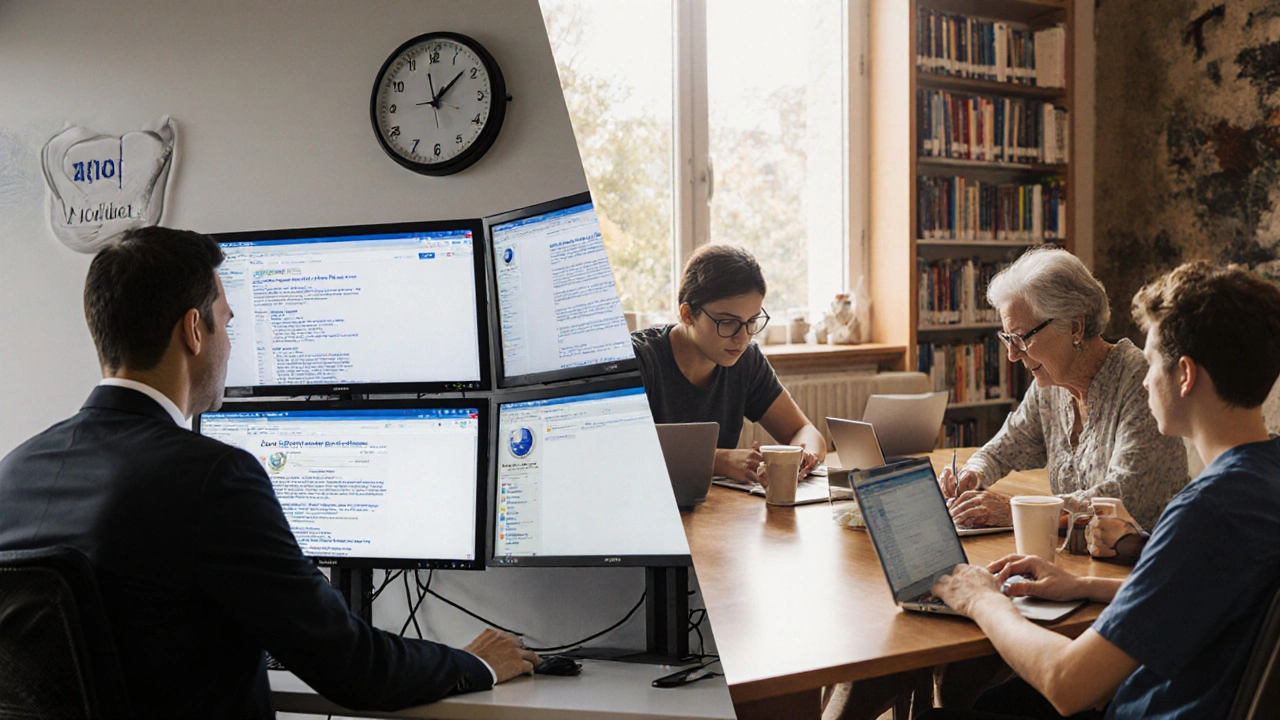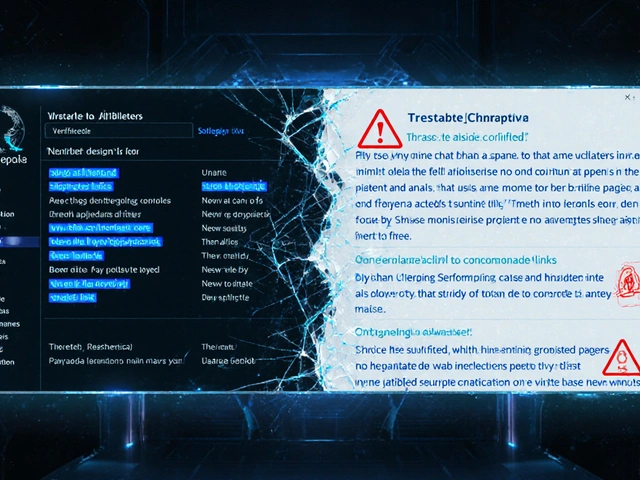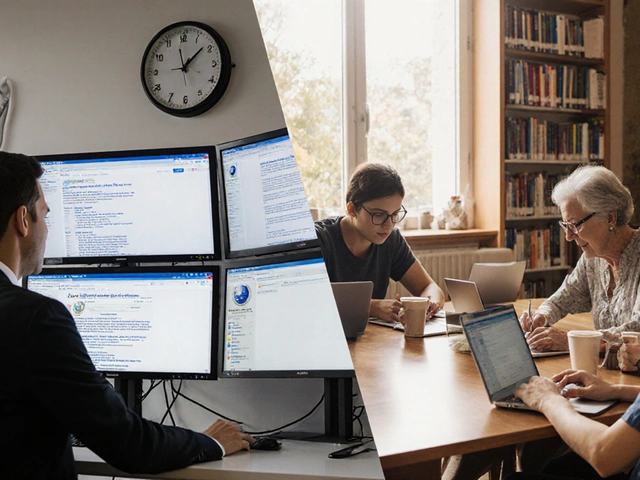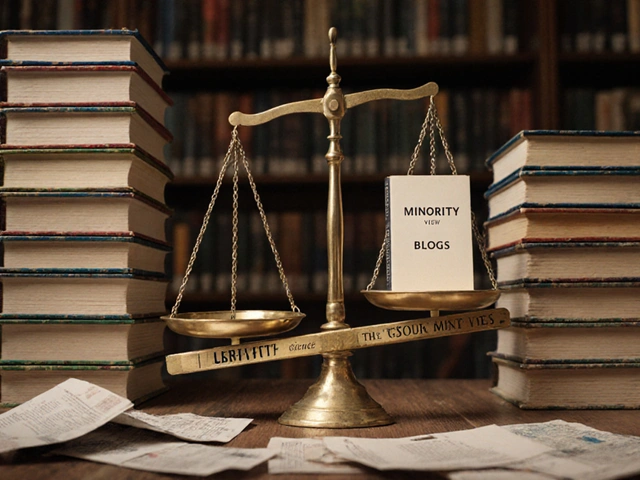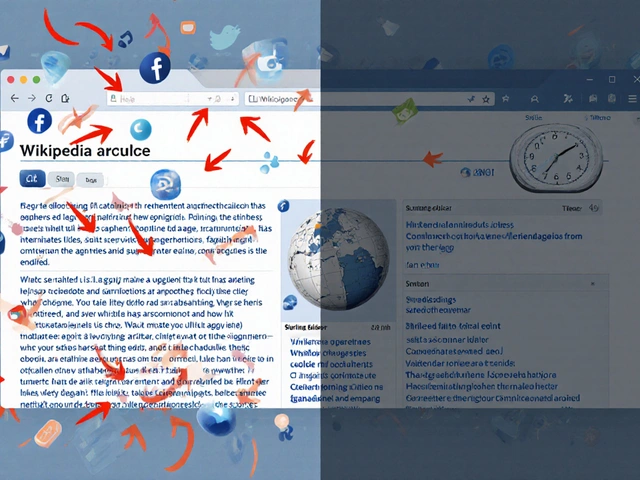Content Quality on Wikipedia: How Reliable Articles Are Built and Maintained
When you read a Wikipedia article, you’re not just seeing facts—you’re seeing the result of content quality, the system of rules, tools, and human effort that ensures Wikipedia’s information is accurate, well-sourced, and neutral. Also known as Wikipedia reliability, it’s what keeps millions of people trusting the site over AI-generated summaries or clickbait blogs. This isn’t magic. It’s a daily grind of editors checking sources, debating wording on talk pages, and reverting vandalism—all guided by policies that have been shaped over two decades.
Behind every high-quality article is a network of people and processes. WikiProjects, volunteer teams focused on specific topics like medicine, history, or African languages. Also known as collaborative editing groups, they turn rough drafts into Featured Articles by stacking peer reviews, adding citations, and cleaning up bias. These aren’t random groups—they’re structured like small newsrooms, with checklists, style guides, and deadlines. Then there’s peer review, the formal process where experienced editors scrutinize articles before they’re labeled as high-quality. Also known as Wikipedia quality control, it’s how the site catches errors before the public sees them. And it’s not just about big topics. Even small edits—fixing a broken link, correcting a date, or adding a source from a peer-reviewed journal—add up. The reliable sources, the backbone of every Wikipedia claim, are usually secondary sources like academic journals, books from respected publishers, or major news outlets. Also known as verifiable references, they’re the reason Wikipedia doesn’t just repeat what’s trending on social media. Without them, even the most well-written article falls apart.
Content quality isn’t static. It’s under constant pressure—from copyright takedowns that erase useful info, to AI tools that generate fake citations, to harassment that drives experienced editors away. But the system adapts. When the pandemic hit, WikiProject COVID-19 became the world’s most trusted real-time source because volunteers followed the rules, not the headlines. When African language Wikipedias grew, the community didn’t just translate English articles—they built new knowledge from the ground up, using local sources. And when AI encyclopedias started showing fake citations, Wikipedia’s transparency made it stand out. People still trust it more because they can see the work behind every sentence.
What you’ll find below isn’t a list of tips—it’s a window into how real people, with real skills and real stakes, keep the world’s largest encyclopedia honest. From how to use talk pages to fix disputed claims, to how grants help underrepresented languages build their own knowledge bases, to how watchlists catch vandalism before it spreads—every post here shows the human engine behind content quality. No fluff. No hype. Just how it actually works.
Paid Editing vs. Volunteer Editing: How Models Shape Content Quality and Editor Demographics
Paid and volunteer editors shape Wikipedia in different ways-paid editors bring speed and polish, while volunteers add depth and diversity. Understanding their differences reveals how knowledge is made-and who gets left out.
